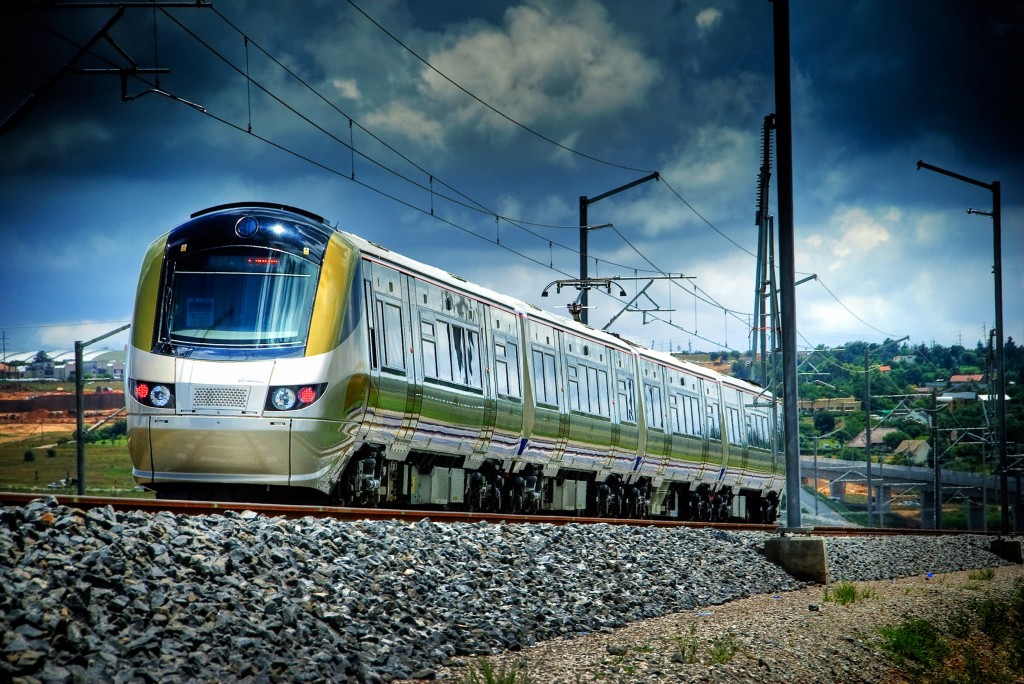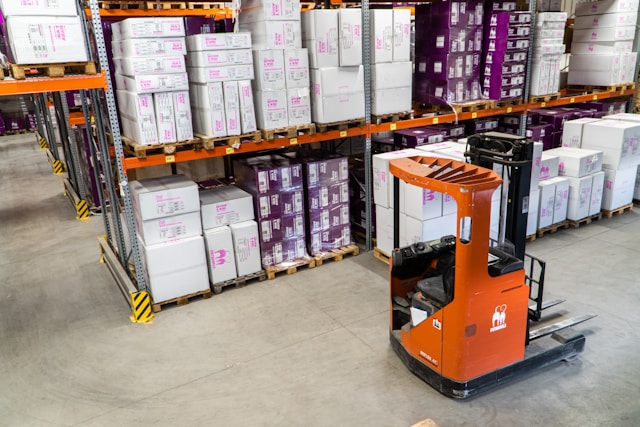Australia has been toying with the idea of building a high-speed rail network for over 20 years but relatively cheap airline rates, good old automobiles and an existing but slow train system pushed off a political consensus on the topic. Even the Japanese were grumbling about the extended decision making process as they figured to play a significant role in bringing experience and technology to the project.
Times are Changing
Finally, in response to climate change, peaking oil prices, sustainability concerns and anticipated economic benefits a Brisbane to Sydney to Melbourne high-speed rail system will finally present a cost effective alternative. Currently an estimated 8 million Australians travel between Melbourne and Sydney each year and the number will double within the next 25 years.
Project Approved and Financing Being Studied by Government
In 2010 Australia’s transport ministry commissioned a feasibility study for an eastern corridor that is home to 65% of Australia’s population. In working out the technical and logistical issues the report estimated the total capital cost at $118 billion dollars ($114 billion AD). Planners have weighed the cost against its economic benefits including the capability of moving 84 million passengers a year. It was calculated that for each dollar invested the Australian economy would get back $2.30 AD.
The report mentions a journey from Sydney to Melbourne currently takes 12 hours by rail; a high-speed rail would cut the time to just two hours and 44 minutes if the train were traveling at 186 mph (330 kph). According to reports traveling by air, while highly affordable, involves travel to and from the airport, waiting at the gate, gate to gate transit and travel to the destination.
A second study, completed in 2013 finalized corridors and other key details. The project is not without controversy as Federal Transportation Minister, Anthony Albanese, has described the project as costly and disruptive.
Under the plan a network of 1,108 miles (1,784 km) including 144 km of tunnels will be completed in phases linking the three cities. Travel time between Sydney and Canberra will be reduced by an hour, for example. Planners are taking a page from the huge rail programs of Western Europe that link Spain, France, Germany and the UK.
Technical Challenges & Design
The most complex challenges of the project involve bridges over water along the planned route. The Australian High-Speed Vehicle (A-HSV) will be a double-decker train. It will have a low carbon footprint, use all of the latest railway safety technology, and offer open plan commuter seating or private berths for business meetings or luxury travel.




